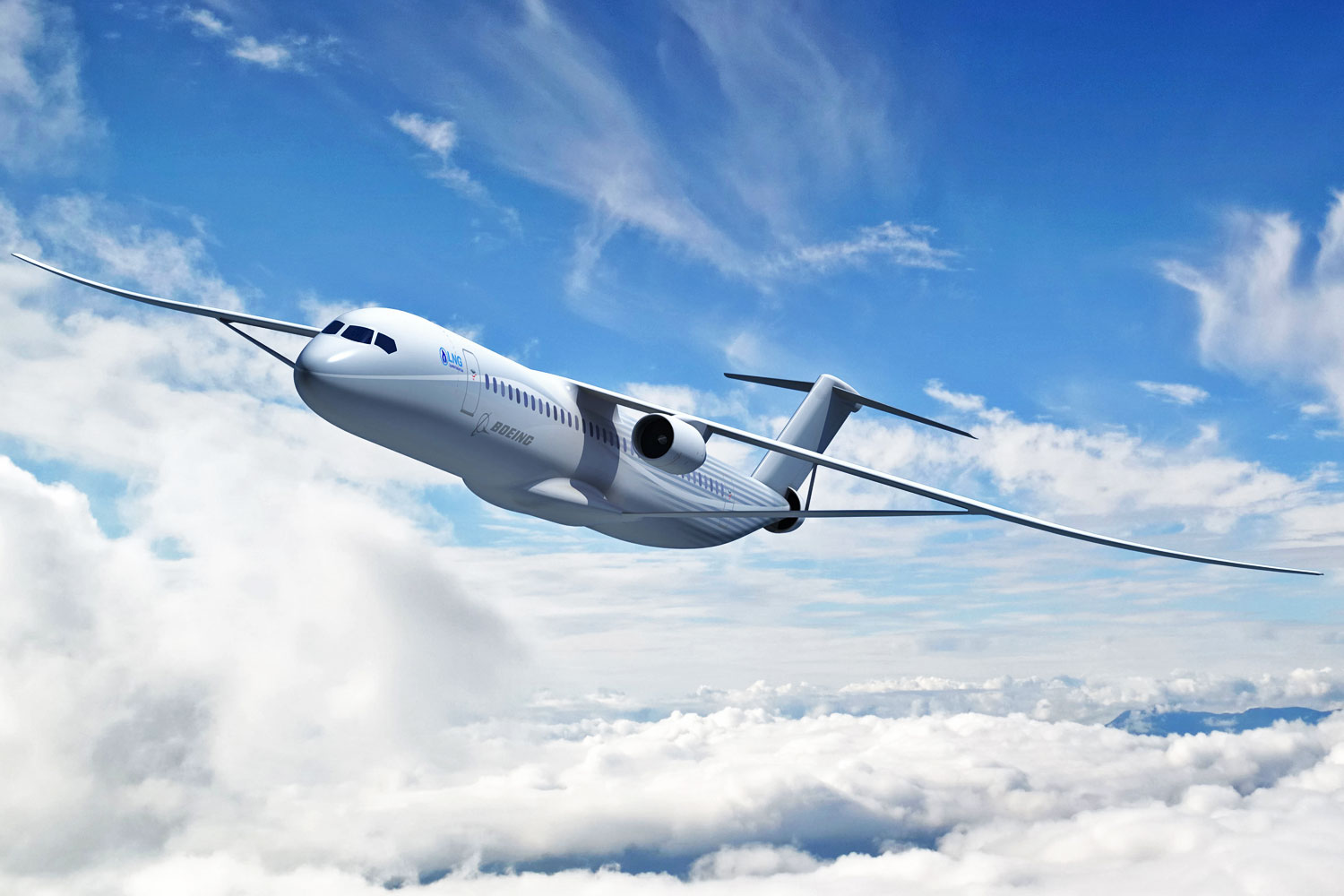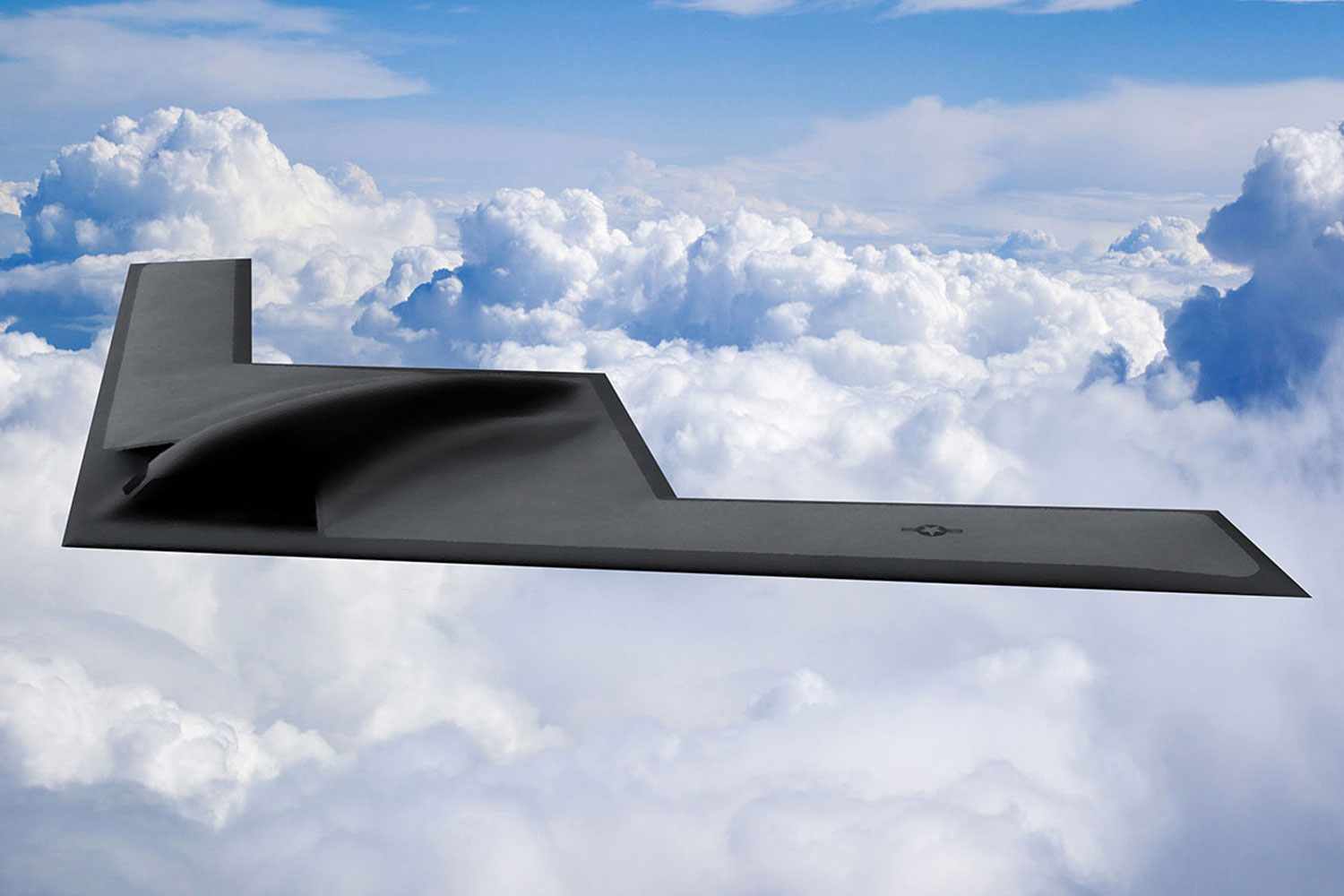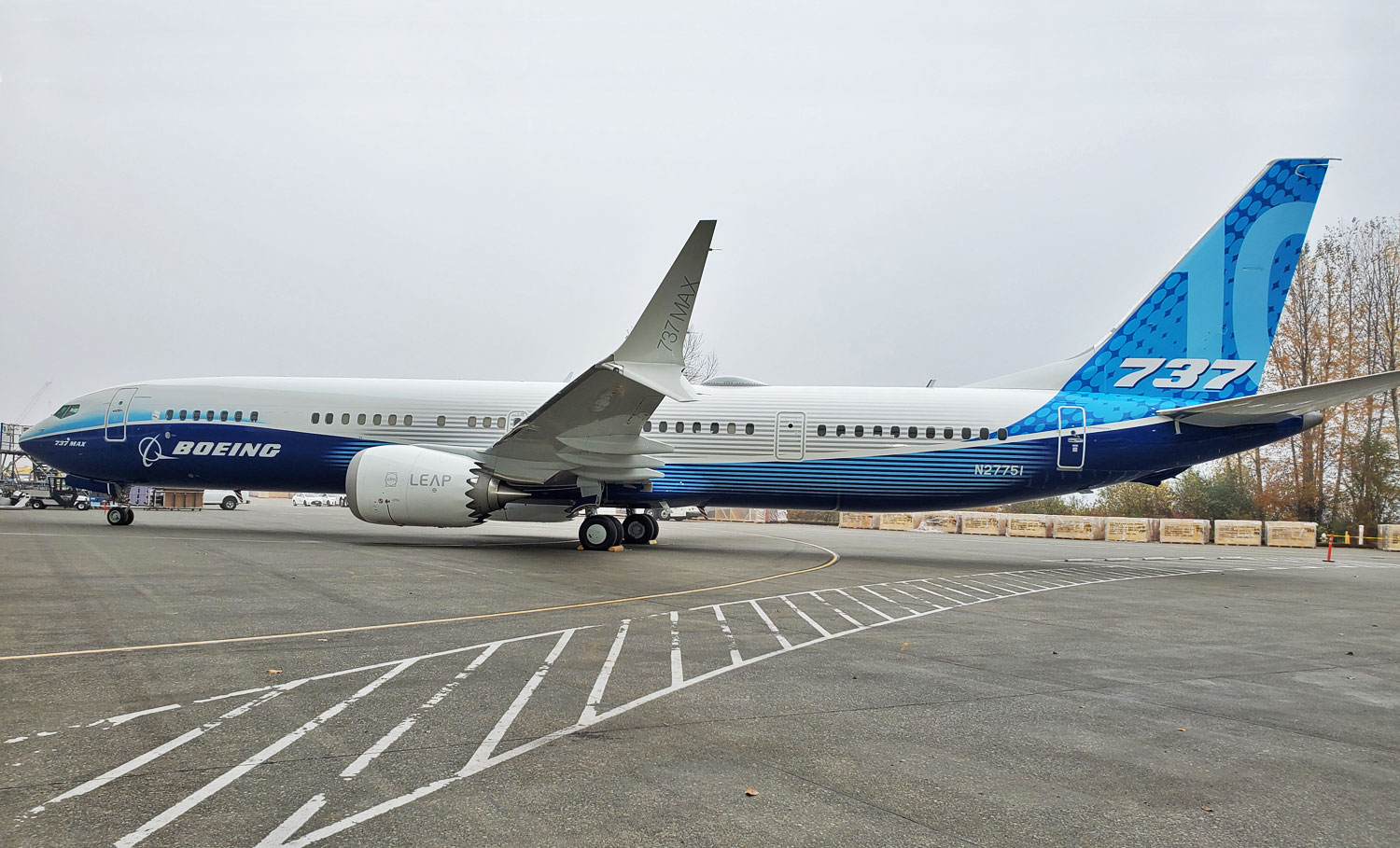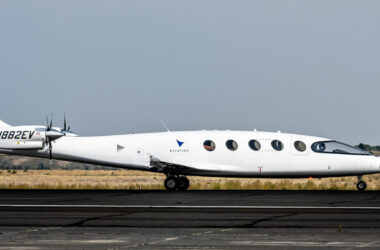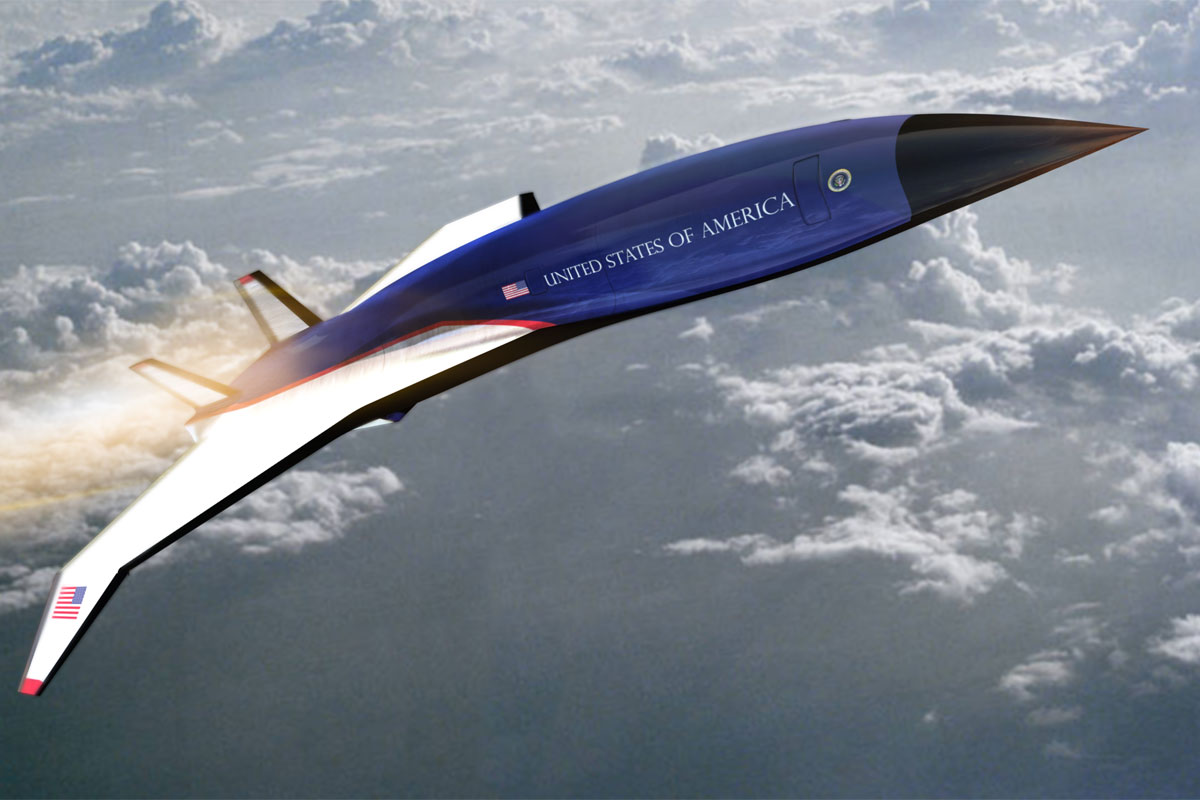If it depends on NASA, Airbus will have trouble making hydrogen propulsion a new standard for commercial aircraft in the future. The US space agency has announced the launch of the Sustainable Flight National Partnership (SFNP) program that aims to study a hybrid-electric propulsion solution for single-aisle aircraft.
The program is part of the 2022 budget sent by the Biden administration last week and aims to build a full-scale experimental aircraft to demonstrate the technology within five years.
NASA is already studying the concept in partnership with Boeing, which is naturally the biggest beneficiary in proving its viability. The planemaker certainly sees technology as an alternative to launch a successor to the 737, its best-selling commercial aircraft.
In 2019, the two performed tests on the Transonic Truss-Braced Wing (TTBW) project, which consists of an advanced profile composite wing that uses supports attached to the fuselage.
Now, the agency will study several technologies that together could provide a flight 25% more efficient than current aircraft. Among them is the Electrified Powertrain Flight Demonstrator (EPFD) “to demonstrate in-flight one-megawatt class electric powertrain systems necessary to achieve hybrid-electric propulsion systems for use in the design of large propulsion systems for single-aisle transports”, says NASA in the document sent to Congress.
“NASA Aeronautics’ cost-sharing partnerships with U.S. industry will enable the next generation single-aisle transport, expected by the early 2030s, to be a gamechanging, ultra-efficient and low-carbon emitting design at least 25 percent more fuel-efficient than today “, says the agency.
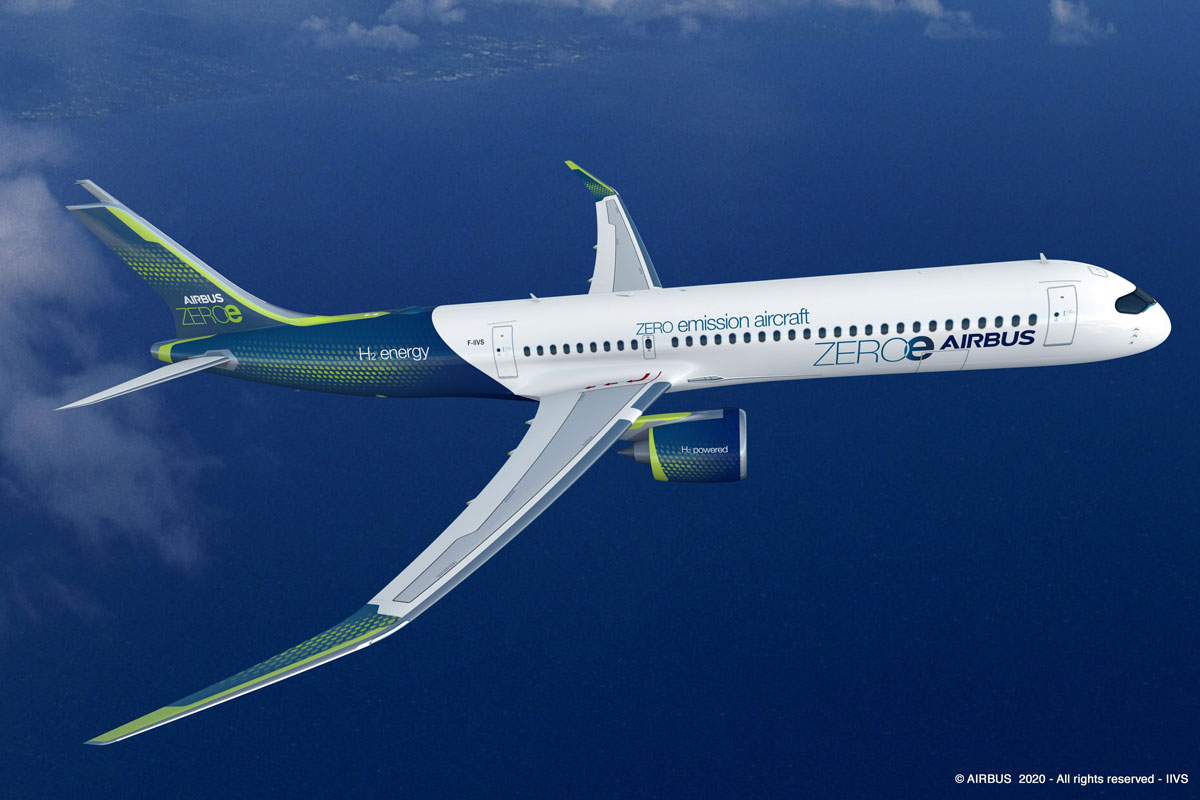
Lack of consensus
The future of air travel in the face of increasing environmental restrictions will depend on the definition of a viable technology that dramatically reduces pollutant emissions and at the same time reduces the operating cost of new generations of airliners.
However, the lack of consensus can make this objective difficult to achieve. Airbus, for example, considers hybrid-electric propulsion to be far from being able to be used in larger aircraft.
For the European company, the path goes through hydrogen engines, which provide savings and a reduction in the environmental footprint without there being such a big break with the current aviation supply chain.
Still, Airbus has called on governments and aviation authorities to plan the first steps to provide the necessary infrastructure to make hydrogen powered planes viable. As NASA has shown, the United States does not seem convinced to accept the choice of airframer.

